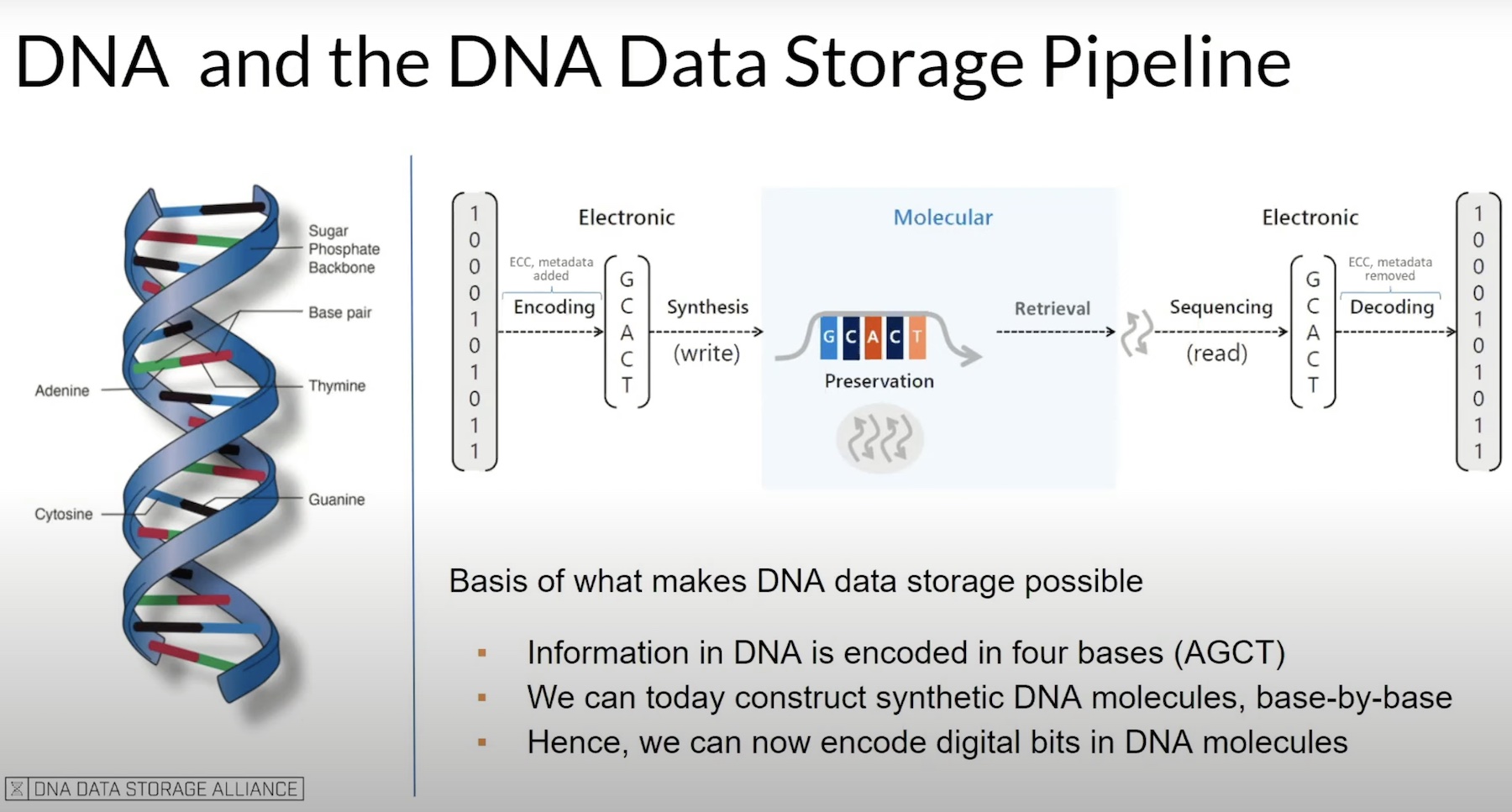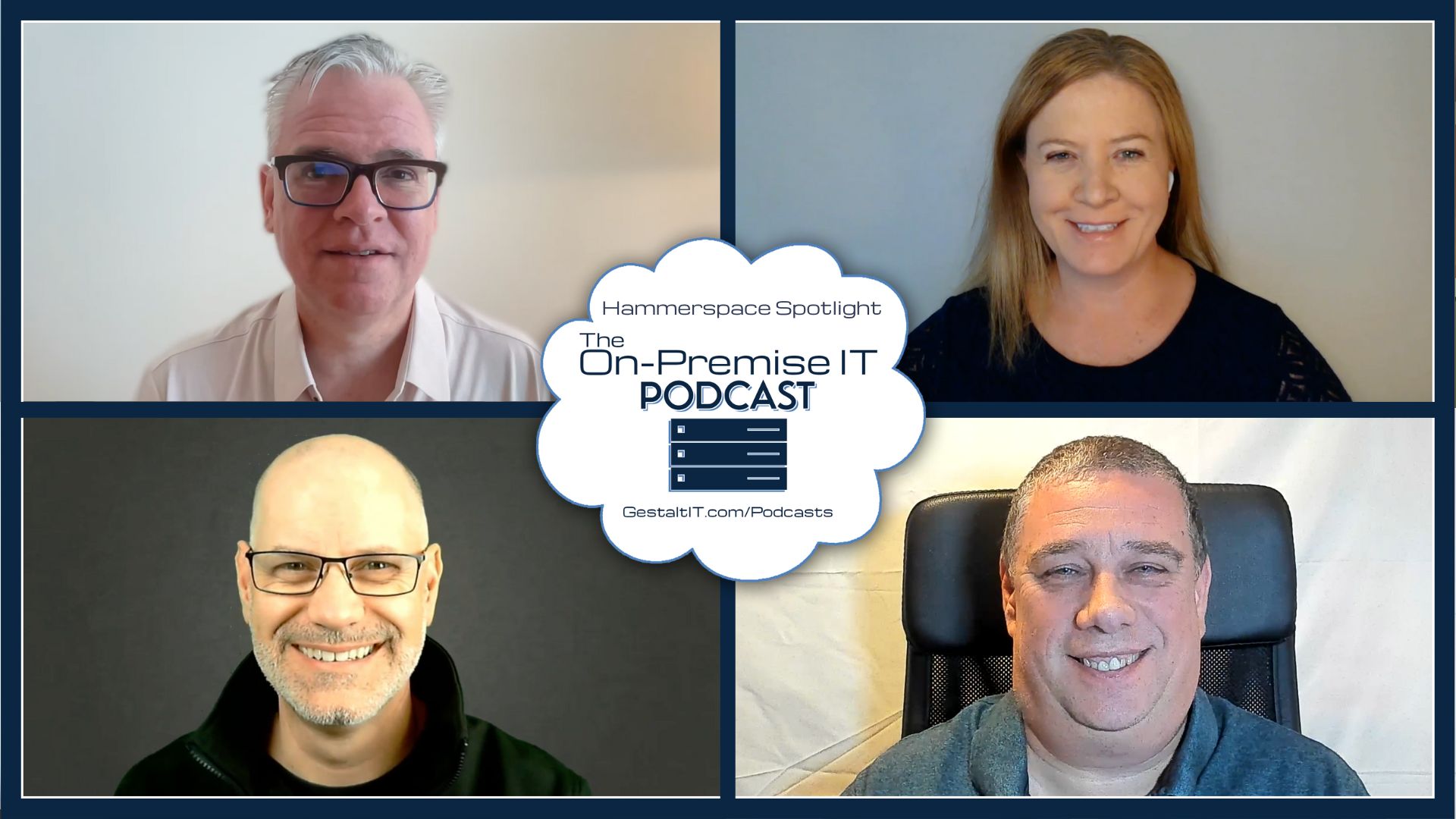![]()
Today’s announcement of the E-Class storage array is an important milestone for Nimbus Data and solid-state storage in the enterprise. Until now, most solid-state storage arrays have been fairly small-scale, focused on point performance rather than enterprise-wide capacity. But the E-Class, which scales to 500 TB and sports a redundant, multi-protocol interface, is the first all-flash array to go toe to toe at the top of the market.
The State of Solid
No one would deny that solid-state storage is making a huge impact on the market. With mind-bending performance and reduced power requirements, flash memory matches up nicely with modern data center requirements. But the one missing element has always been capacity: NAND flash is more expensive than magnetic disks on a gigabyte by gigabyte basis.
Check out my 4 Horsemen series for more on the issues of disk!
The solid-state enterprise storage market started with point products targeted at specific needs within the data center. Companies like Texas Memory Systems and Violin have long supported the most challenging database applications with their external arrays, while Fusion-io, Virident, Micron and others stashed flash within the server. These companies were able to sell expensive storage into performance-hungry niches, but have found it difficult to address the capacity needs of the broader storage market.
Technology has the answer to this challenge, as demonstrated by Pure Storage, Nimbus, SolidFire, and others. Thin provisioning makes up much of the difference in cost, and deduplication or compression can even bring parity on a per-capacity cost basis. And even with these features turned on, solid-state storage arrays absolutely murder spinning disks in terms of random I/O performance.
Accumulating Nimbus
Unlike Whiptail, Pure Storage, Kaminario, SolidFire, and the rest of the startup crowd, Nimbus Data is not a new company. Founded by former TrueSAN wunderkind, Thomas Isakovich, Nimbus began as a disk storage startup before transitioning to an all-flash lineup two years ago. The company has steadily improved its product line over the years, adding NFS and SMB for a unified storage experience as well as InfiniBand for extreme performance.
Unlike most other companies in the space, Nimbus builds their own flash memory modules from raw NAND. This allows the company to avoid some of the tricky engineering required to qualify and adapt to the peculiarities of existing consumer or enterprise SSD modules. It also gives the company greater control and better flexibility to launch new capacity points when they are ready, rather than when their suppliers give the go-ahead.
The E-Class includes a new dual-PCB module which stripes data internally for better performance and capacity. This bumps each Nimbus E2000X enclosure to 20 TB, twice the capacity previously achieved, in just two rack units. And each of these enclosures draws as little as 100 W, allowing them to be stacked tall without exceeding the power capacity of typical datacenters.
E Is for Enterprise
 The real innovation in the Nimbus E-Class is a brand-new “dual active” redundant controller architecture. Most previous solid-state arrays had a single controller, requiring users to mirror two entire arrays for high-availability. In contrast, most enterprise storage systems feature multiple active controllers with no single point of failure.
The real innovation in the Nimbus E-Class is a brand-new “dual active” redundant controller architecture. Most previous solid-state arrays had a single controller, requiring users to mirror two entire arrays for high-availability. In contrast, most enterprise storage systems feature multiple active controllers with no single point of failure.
Read Multipath: Active/Passive, Dual Active, and Active/Active to understand what I’m on about here!
The E-Class introduces a new controller architecture for Nimbus. Each controller services all access to a LUN or volume until a failure is detected, in which case the alternate controller immediately comes online. But both controllers can have active storage at once, in what I call a “dual active” scenario. Although not truly “active/active”, the E-Class is in a different league from older single controller arrays.
Interestingly, the performance of Nimbus’ solid-state enclosures is high enough that the controllers do not need to mirror internal cache or hash tables. They simply write them out to SSD to be picked up in the event of a failure. This simplifies engineering for a dual controller system, and may lead to additional controllers added in the future.
Straightforward Pricing
Solid-state storage provides much more performance per dollar than spinning disk, but most customers still pay on a raw capacity basis. Rather than rocking the boat with alternative pricing models, Nimbus sticks to a straightforward method: $25,000 per controller, plus $100,000 per 10 TB enclosure. A minimum E-Class configuration includes two controllers and one enclosure for $150,000 with no extra cost for software licensing or features.
This seems fairly expensive for 10 TB of storage, but is actually quite competitive even with disk-based storage systems in the high-end, high-feature enterprise market. Thin provisioning increases the usable capacity of the E-Class, and the all SSD architecture means performance will not suffer. Unlike PCIe solutions, the E-Class is a shared, networked device and can be used by many servers at once.
Features and More Features
Speaking of features, Nimbus includes just about anything you could ask for in a storage array:
- In-line thin provisioning and deduplication
- Snapshots and synchronous or asynchronous replication
- 10 Gb NFS (2, 3, and 4) as well as SMB (CIFS/SMB1 and, SMB2)
- 10 Gb iSCSI
- 8 Gb Fibre Channel
- 40 Gb QDR InfiniBand
Although it has not yet been announced, Nimbus has added VMware VAAI support to the HALO operating system found in the S- and E-Class arrays. The company will support the major block storage components for vSphere 5: Block zeroing, atomic test and set, and full copy. Tom told me that Nimbus found the T10 interfaces fairly straightforward to implement but are still working on the NFS primitives. Although Nimbus does not yet have a vCenter plug-in, I expect that one is in the works.
Tom also tells me Nimbus is a “hypervisor hugger“, in that they intend to support features there rather than try to add them to the array. This is a smart choice for a smaller company, and I am glad to see Nimbus embracing the server virtualization market. I imagine an array like the E-Class would totally demolish any competing disk-based array in a virtual infrastructure deployment!
Stephen’s Stance
Nimbus has always been an interesting company, with a longer history in the storage world than most startups. Their switch to all-flash architecture was perfectly timed with the market shift, and the new E-Class comes just at the right moment. Boasting 500 TB of maximum capacity, a fully redundant “dual active” controller architecture, massive performance (even InfiniBand), and complete feature set (once VAAI is released), Nimbus may have hit on their hands.





